When Weight Loss Goes Too Far: What We Can Learn from a Pro Cyclist

Newsletter (#139)
Recently, gravel pro Carolin Schiff shocked the cycling world by ending her 2025 season early. Not because of a crash or illness, but because her body simply couldn’t cope anymore. She’d been pushing through signs of Relative Energy Deficiency in Sport (RED-S)—low bone density, recurring injuries, missed menstrual cycles, and constant fatigue.
On the outside, she looked lean and race-ready. But on the inside, her body was breaking down. And here’s the uncomfortable truth: this isn’t just a “pro cyclist” problem. Everyday riders—especially those of us over 40—can fall into the same trap when we chase weight loss the wrong way.
Why This Matters for You
As we get older, the margin for error shrinks. Dieting too aggressively or skipping meals around rides doesn’t just leave you tired—it can sabotage recovery, slow muscle growth, and increase your risk of injuries.
And here’s something many cyclists overlook: cycling is not weight-bearing. That means hours on the bike don’t strengthen your bones. In fact, studies show that endurance cyclists often have lower bone density than non-athletes—making us more vulnerable to osteoporosis as we age.
One study found that 63% of non-weight-bearing athletes (like cyclists and swimmers) had osteopenia in the spine or hips, compared to just 19% of weight-bearing athletes. That’s a huge difference—and it underlines why simply riding your bike isn’t enough for long-term health.
What You Can Do About It
The good news is you don’t need to train like a pro or live in the gym. A few smart tweaks can make all the difference:
Fuel for the work required
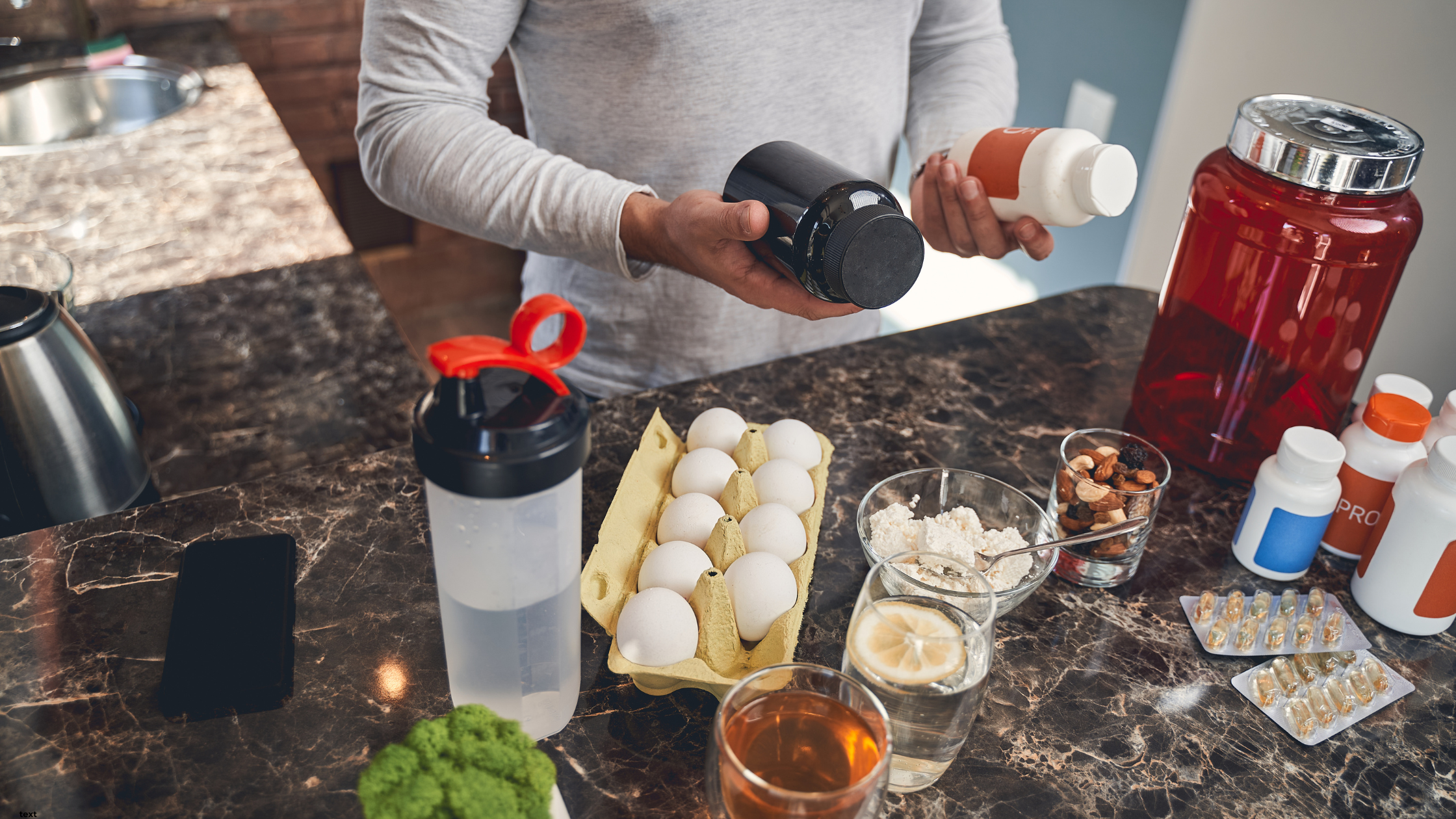
Eat before and after your rides. A banana and coffee pre-ride, then carbs + protein post-ride, is plenty to keep energy up and recovery strong.
Lift weights twice a week
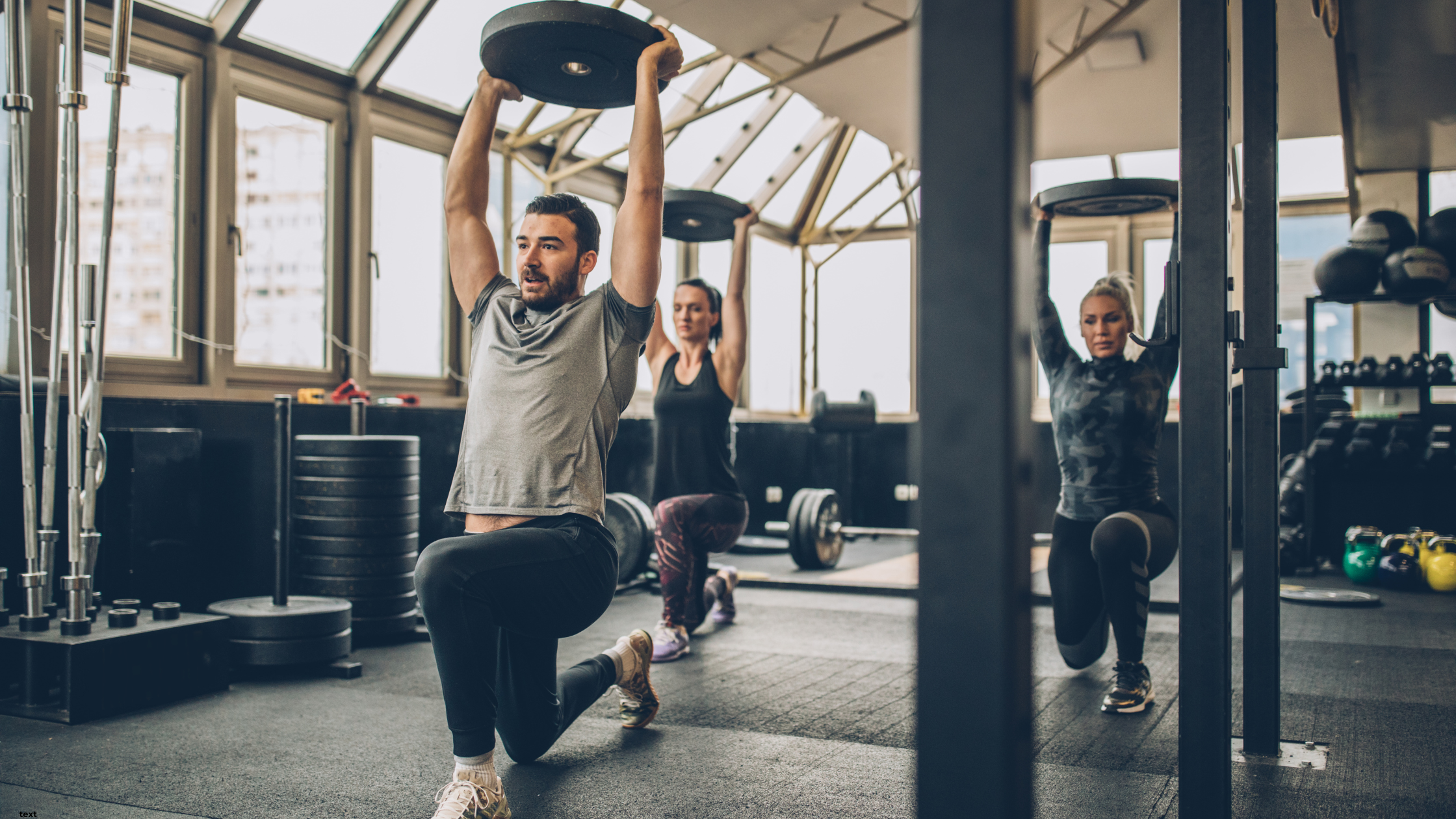
Think squats, deadlifts, lunges, push presses, or rows. Resistance training stimulates both muscle growth and bone density. It’s the single most effective way to lower your risk of osteoporosis.
Add a bit of impact
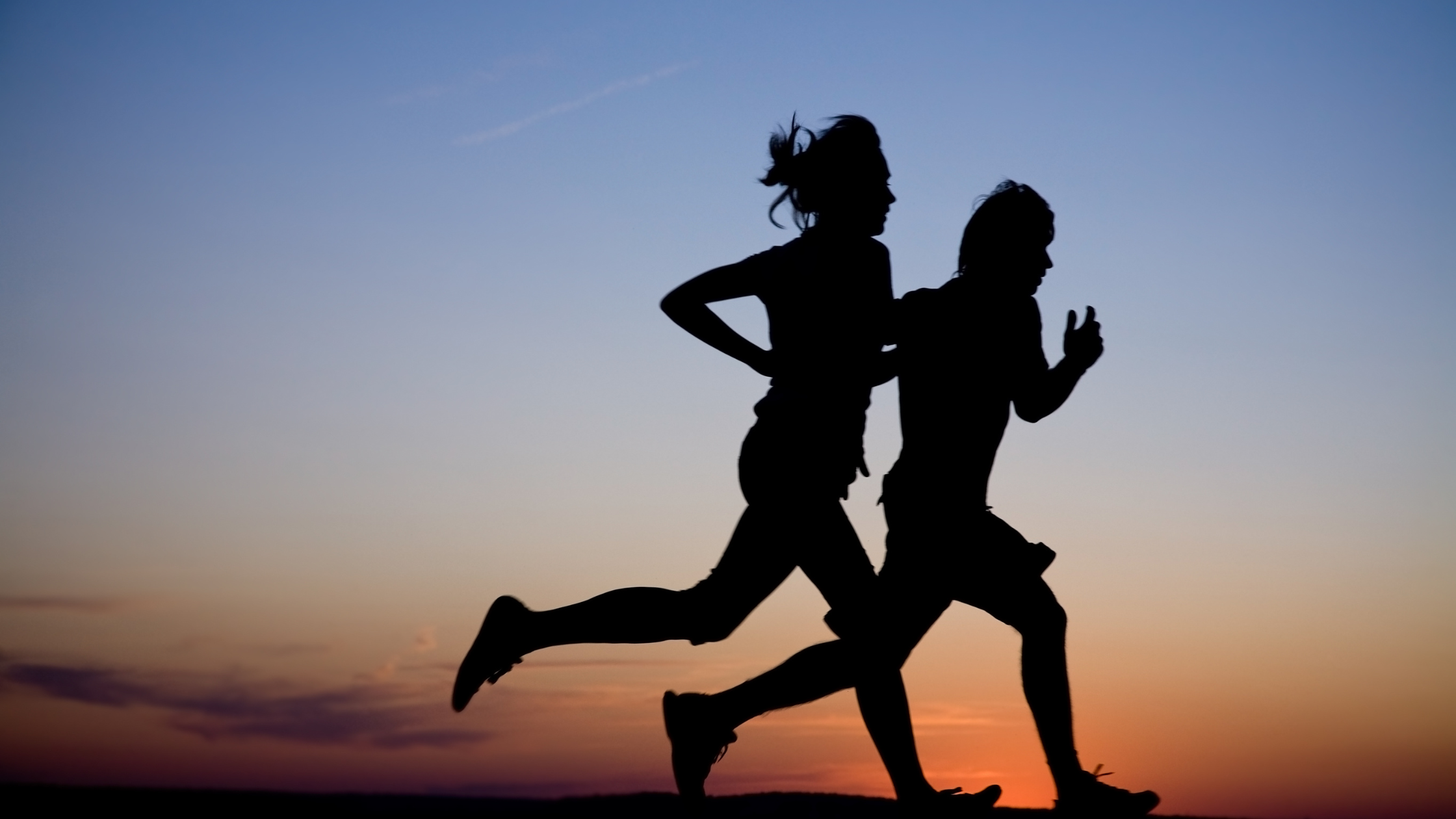
Cycling is low-impact, which is great for joints, but your bones need stress to stay strong. Simple things like short stair climbs, running, hopping, or light plyometrics can help stimulate bone growth.
Prioritise protein
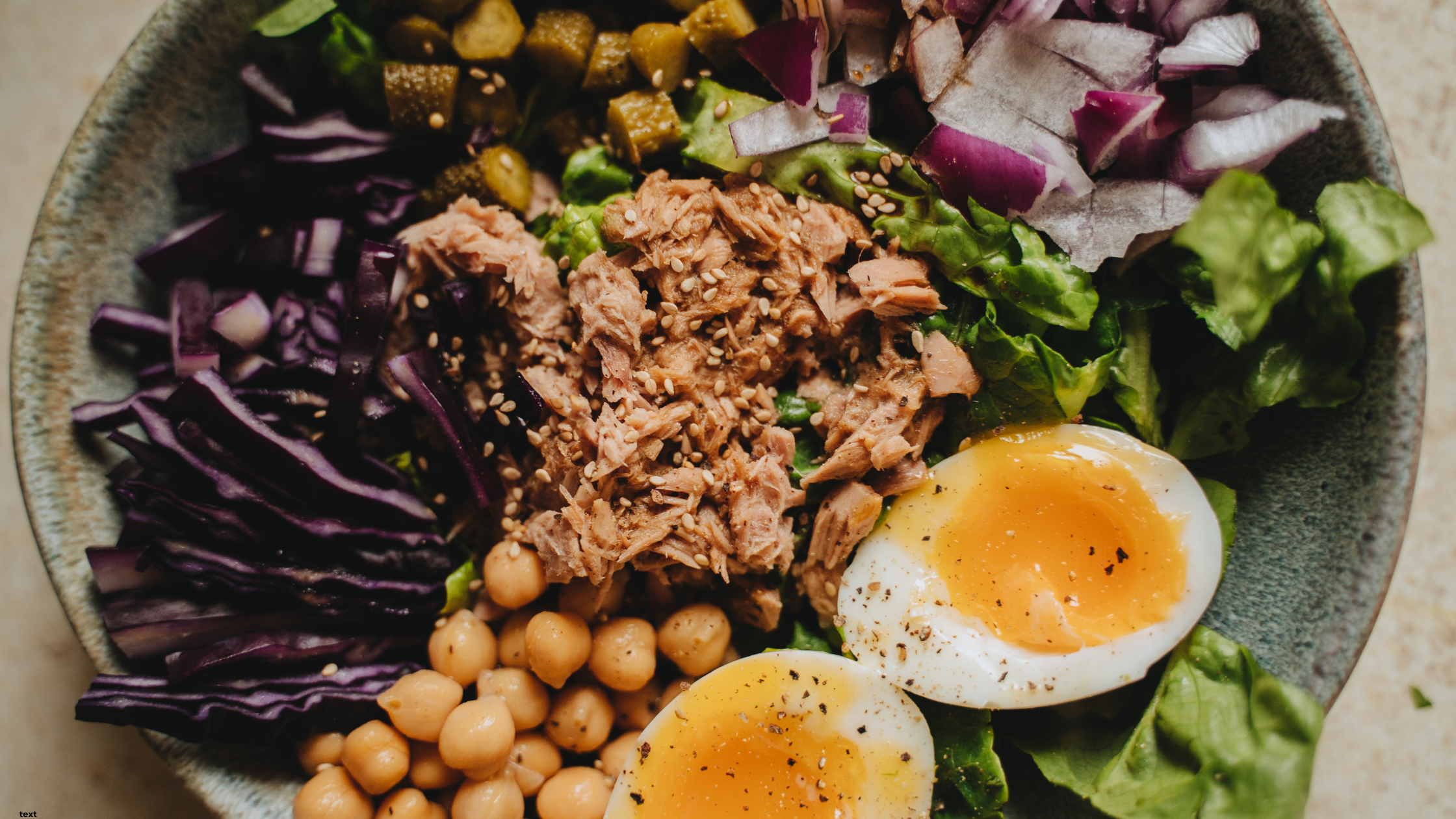
Aim for 1.6–2g per kg of bodyweight daily. Protein isn’t just for bodybuilders—it’s the foundation for maintaining lean muscle, recovering faster, and keeping your metabolism humming.
Don’t skimp on sleep
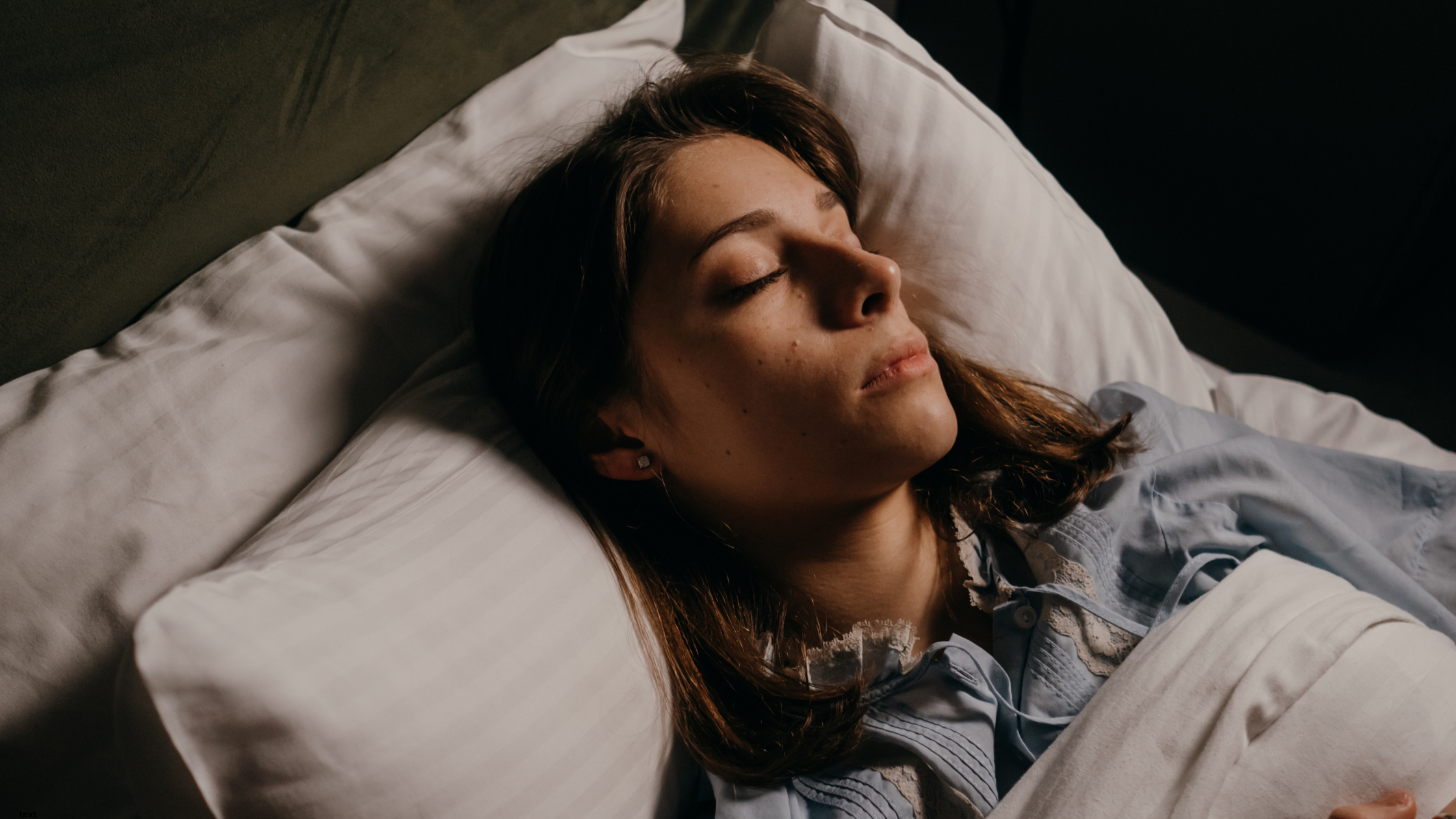
Seven to eight hours a night helps regulate the hormones that drive both fat loss and bone health. Think of it as recovery training.
Play the long game
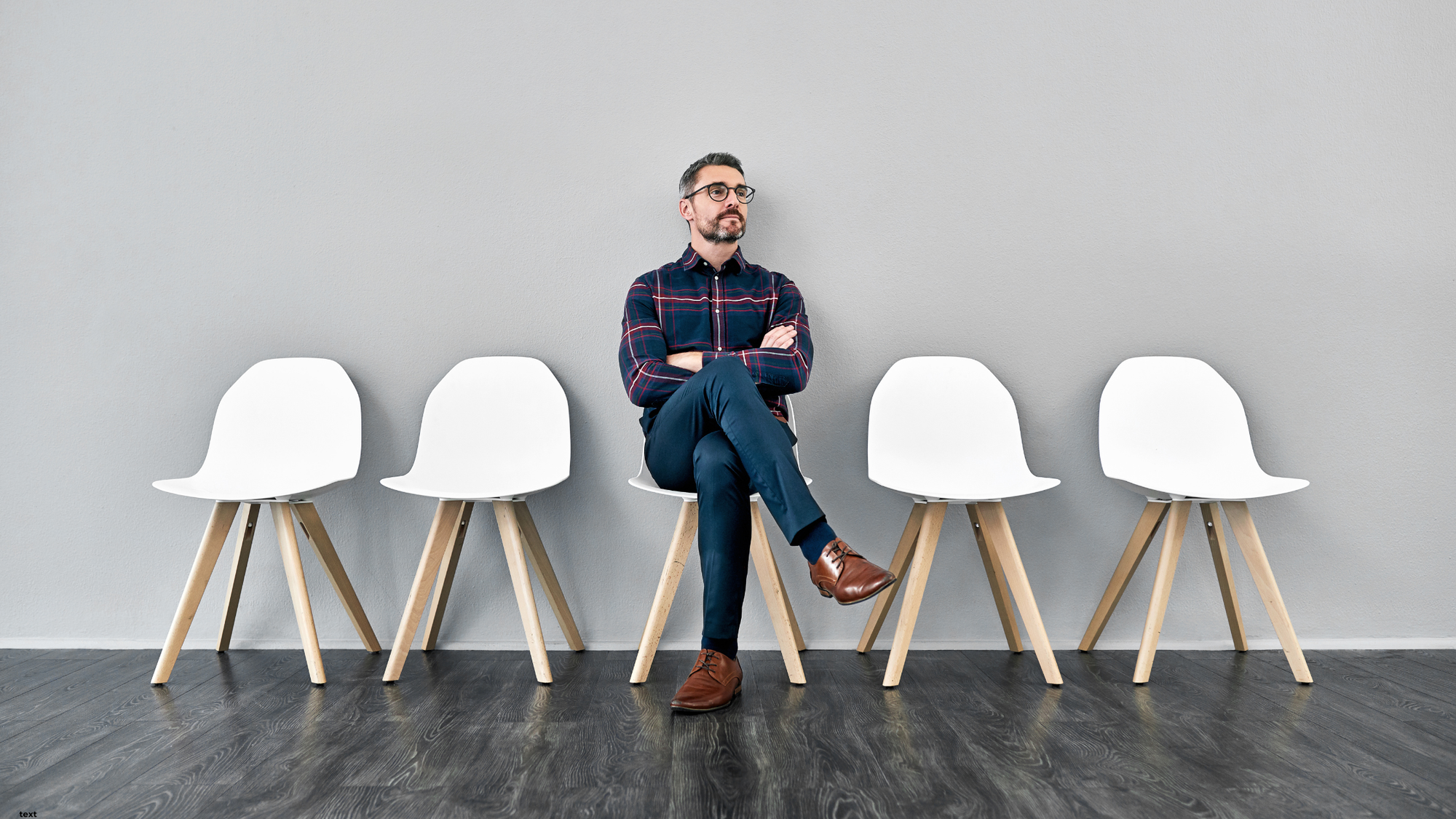
Sustainable progress beats extremes every time. Aim for 0.5–1 lb of weight loss per week if fat loss is your goal. You’ll keep your energy high, hold onto muscle, and actually perform better on the bike.
The Real Takeaway
Carolin’s story shows us what happens when performance is pushed at the expense of health. For those of us riding into our 40s, 50s, and beyond, the goal shouldn’t be to get “as light as possible.” The goal is to be strong, resilient, and full of energy—for the bike and for life.
So, don’t just think about dropping pounds. Think about fuelling properly, lifting regularly, and protecting your bones for the long haul. Get that balance right, and not only will the weight take care of itself—you’ll also ride faster, climb stronger, and stay healthier for years to come.
If you’ve been struggling with this and want a clear plan, this is exactly what we work on inside the Cycle Lean Project. It’s an 8-week coaching program designed for cyclists over 40 who want to drop weight, build strength, and ride stronger — without adding endless hours on the bike.
Where the Cycle Lean Project Fits In
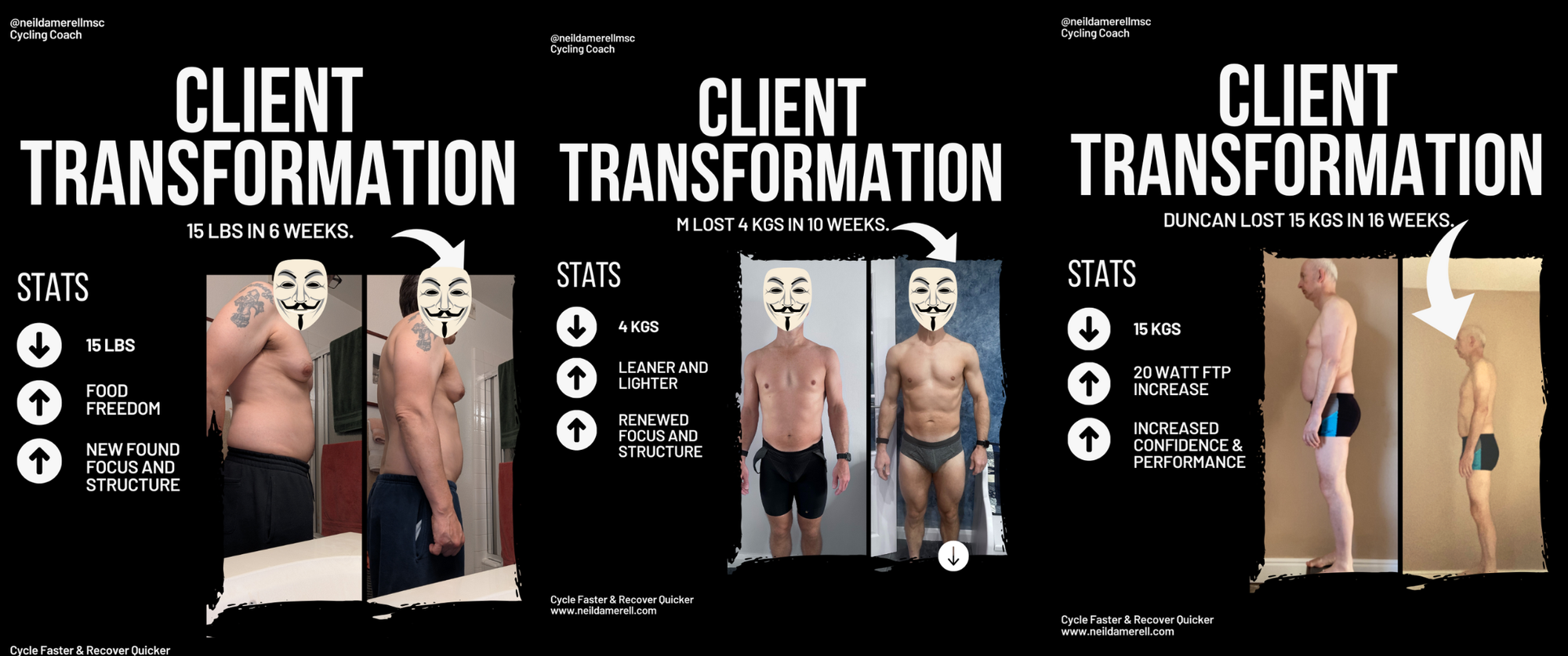
The Cycle Lean Project (which kicks off on the 15th September) is built for cyclists exactly like you—people juggling work, family, and a passion for riding.
Here’s how it works:
- 4 focused cycling sessions/week (~7 hours total) → maximum gains in minimal time.
- Strength + cross-training → keeps you strong, lean, and injury-free.
- Flexibility built in → the plan adapts to your schedule, not the other way around.
- Community support → you’re not riding this journey alone.
Most riders in the program see 4–6 kg weight loss and 20–50 watt FTP gains in 12 weeks—without living on the bike.
If you’re ready to set yourself up for a strong spring in 2026 by having an even better winter—and actually see results—learn more about the Cycle Lean Project today.
Cyclists have already signed up, but there is still time to join them.
This isn’t about fitting into someone else’s training mold.
It’s about creating a sustainable process you can continue for life.
Because at the end of the day…
Cycling should add to your life, not take away from it.
Whenever you're ready, here are the ways I can help you:
- The Cycle Lean Blueprint: This comprehensive, all-in-one product is everything you need to shed kgs and ride faster.
- The Cycle Lean Collective: Get ready to transform your fitness journey with our new and improved monthly membership program.
- Personalised One-on-One Coaching: Get the results you are aiming for with our one-to-one service. Explore our tailored coaching options designed to help you reach your goals fast.
I am an ambassador for:
Awesome Supplements: Award Winning Supplements — Our plant-based awesome protein powder is 100% UK made with low-sugar, gluten & dairy-free.
The best protein powder I have ever tasted.
Get 10% off any product/ every time you make a purchase when using my code: DAMERELL10 at Awesome Supplements.
Reference list:
- Olmedillas H. Cycling and bone health: a systematic review, BMC Medicine. 2012. Wikipedia+4BioMed Central+4PMC+4
- Rector RS et al. Participation in road cycling vs running is associated with ..., [Journal]. 2008. Wikipedia+6ScienceDirect+6PMC+6
- Martínez‑Noguera FJ et al. One Season in Professional Cycling Is Enough to ..., 2023. PMC
- Hong AR. Effects of Resistance Exercise on Bone Health, PMC, 2018. Frontiers+13PMC+13E-ENM+13
- Massini DA et al. The Effect of Resistance Training on Bone Mineral Density in Older Adults: A Systematic Review and Meta‑Analysis, Healthcare. 2022. MDPI
- “Bone Density and Weight‑Bearing Exercise” — OSMI Sports Medicine. osmifw.com+2Wikipedia+2
- Osteoporosis entry — Wikipedia (guidelines on exercise & nutrition for bone health).